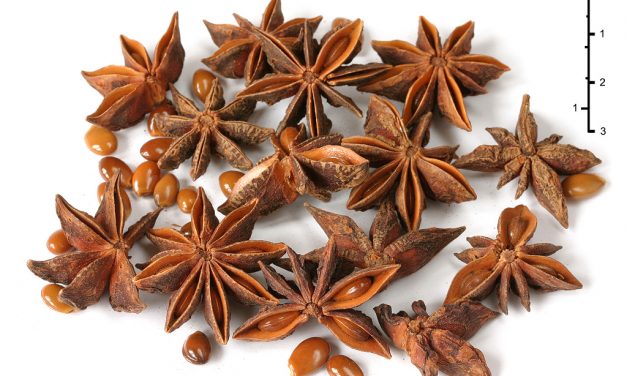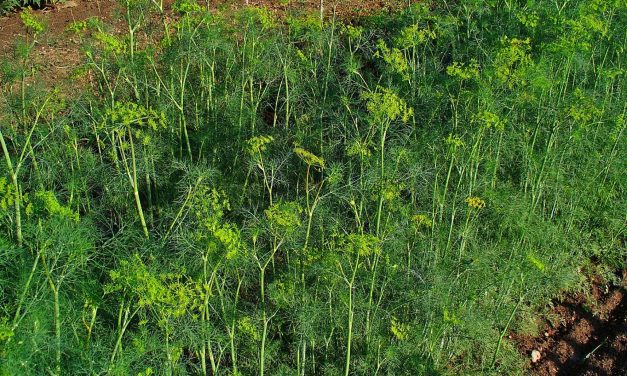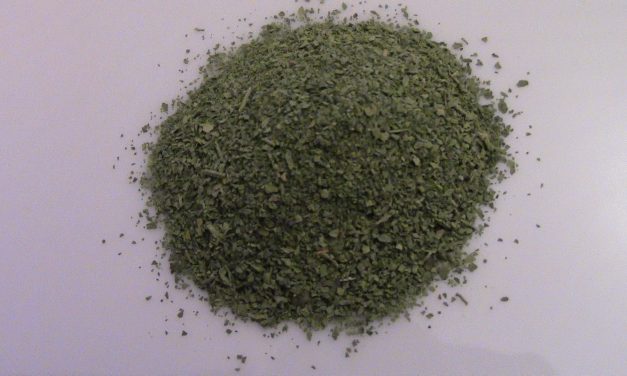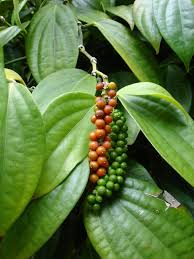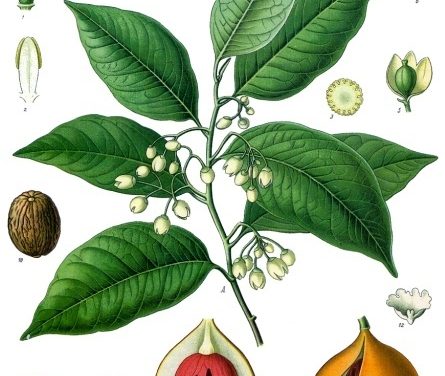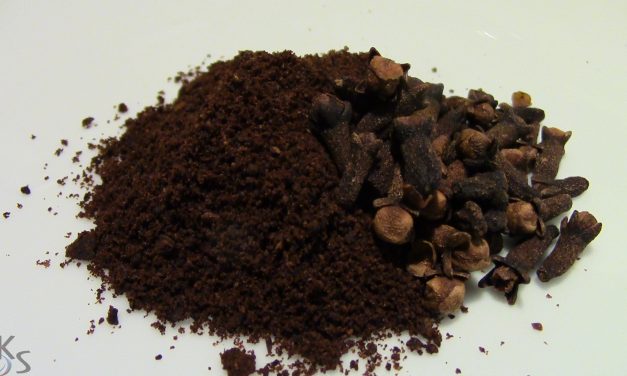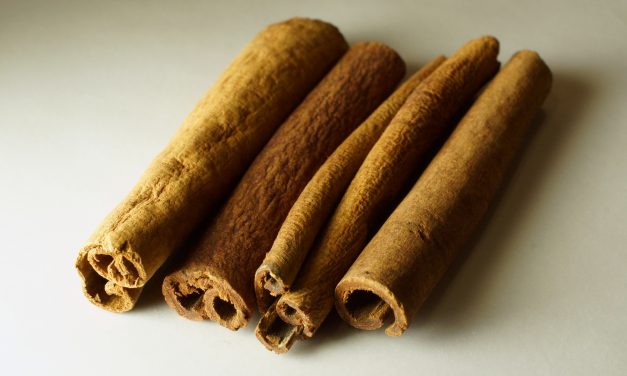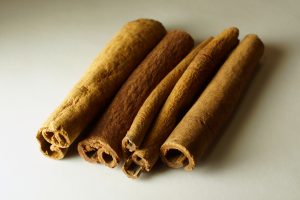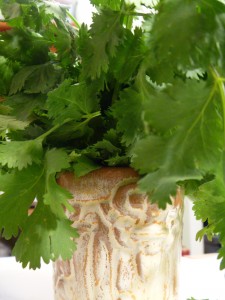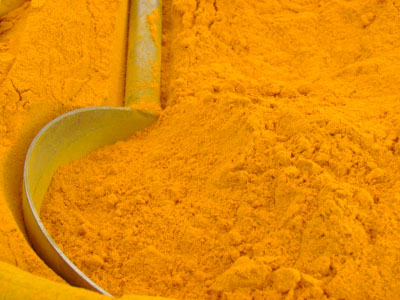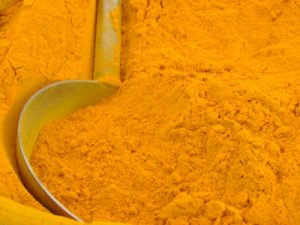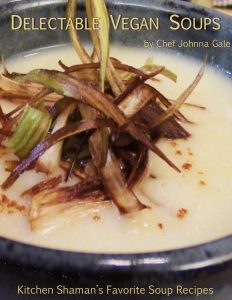Let’s Talk Spices, New on YouTube
One of the things I love to talk about is food history. It’s no secret I’ve spent many, many hours reading and researching where the food comes from.
I got the opportunity in January at the Arizona VegFest to share some food history. I gave this talk on the history of spices, where they come from and why some of them are on our baking racks instead in our savory recipes.


